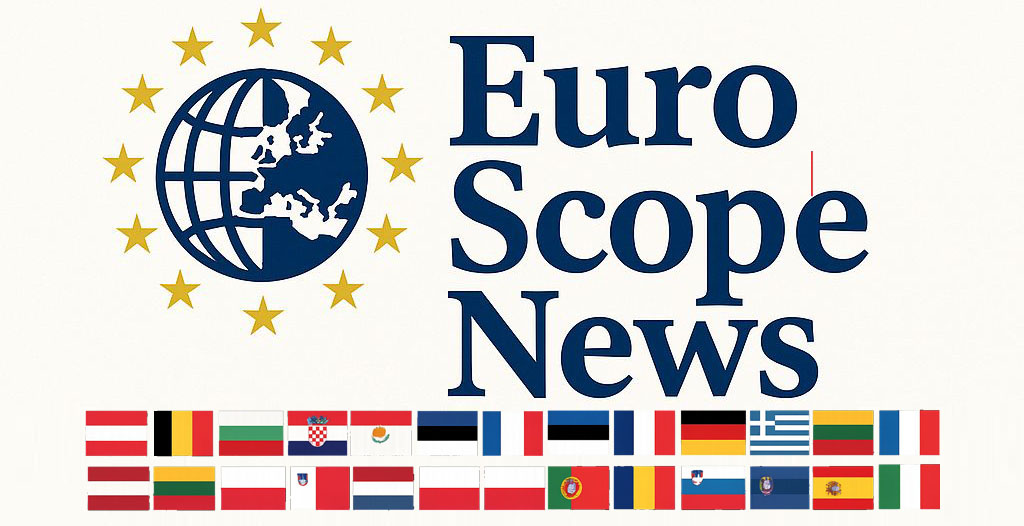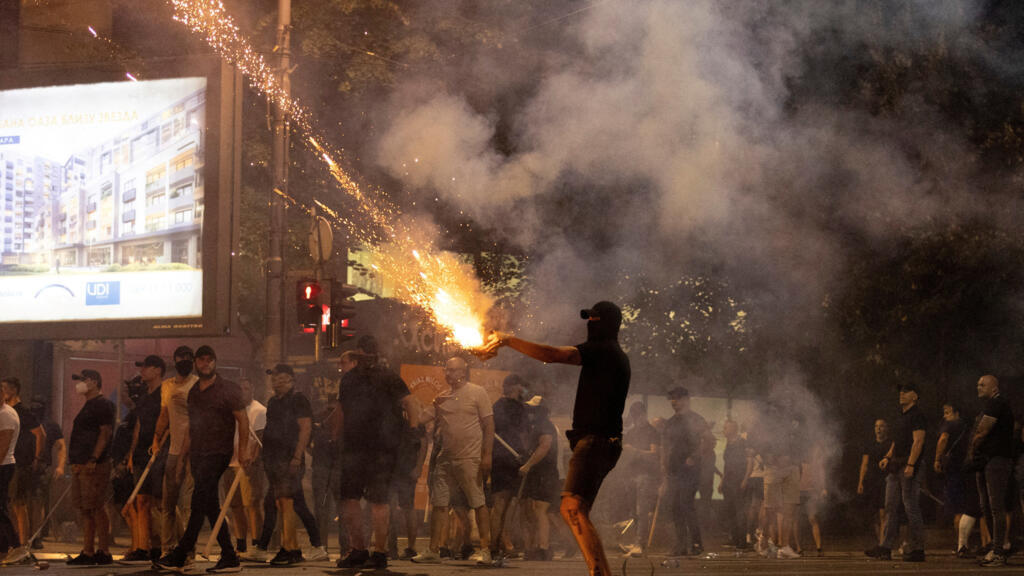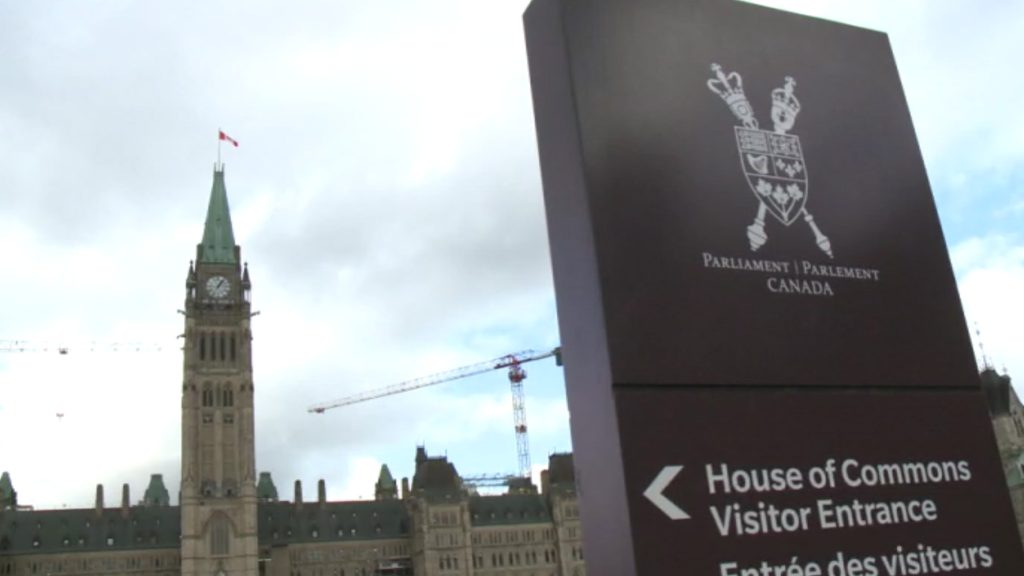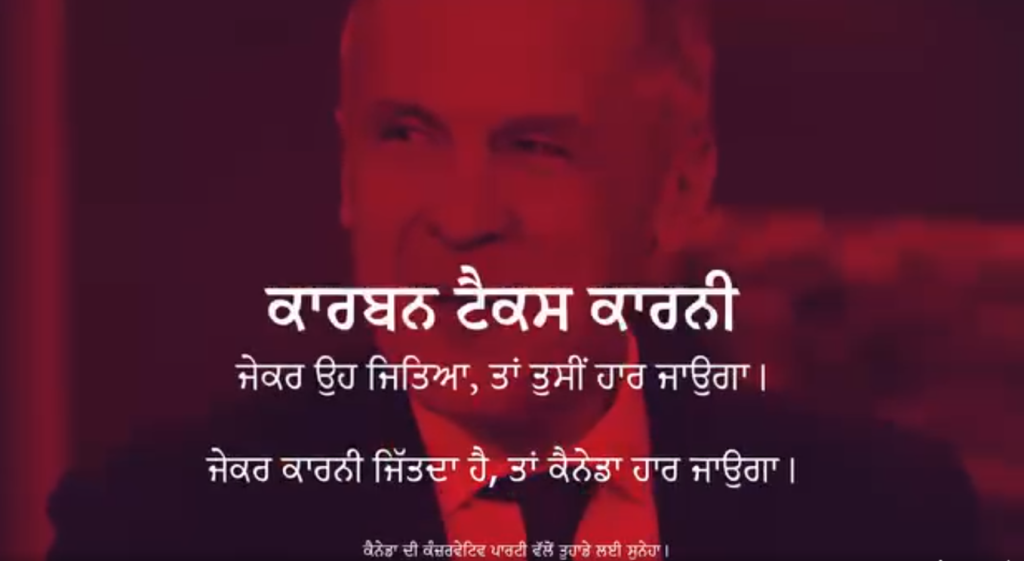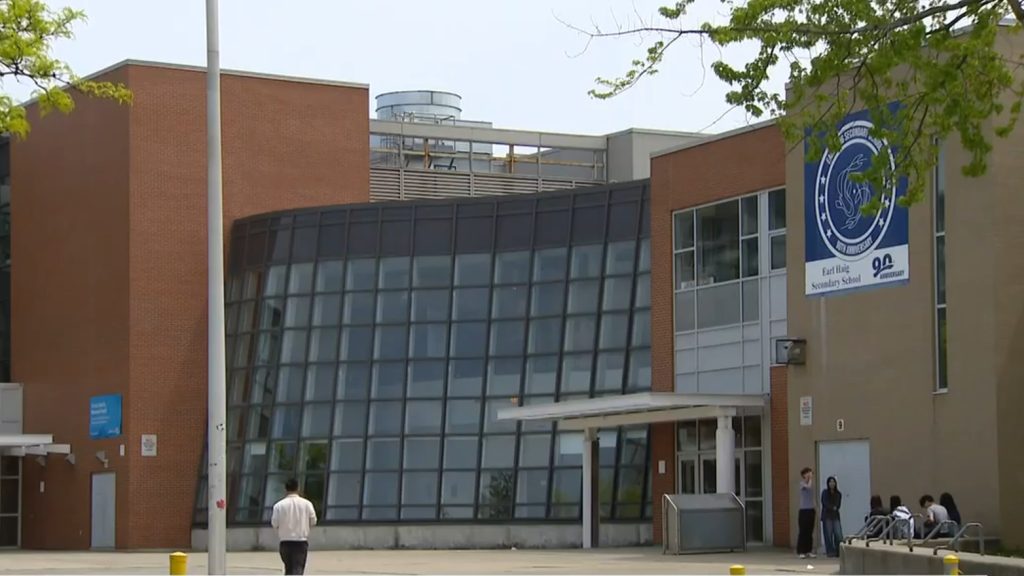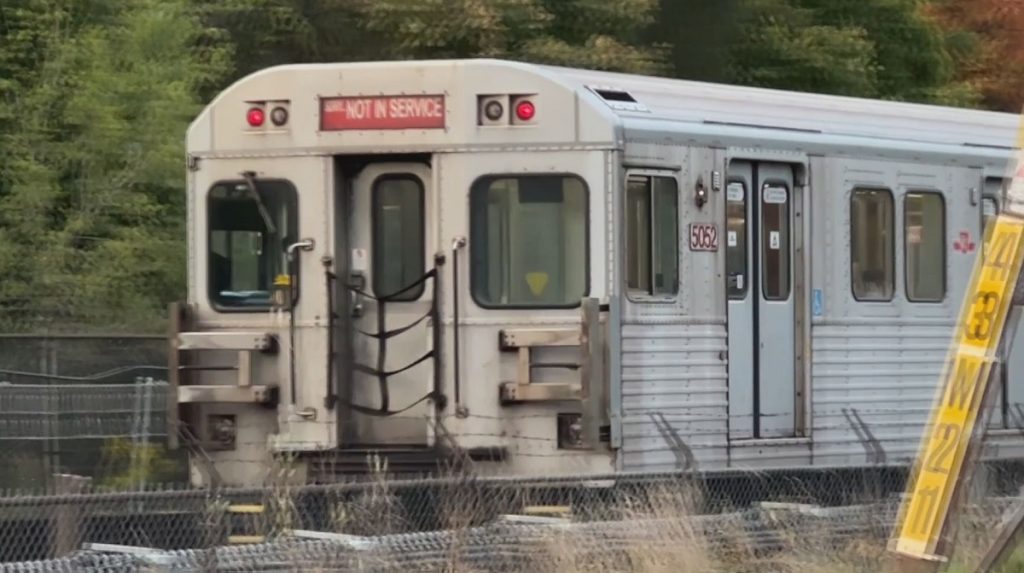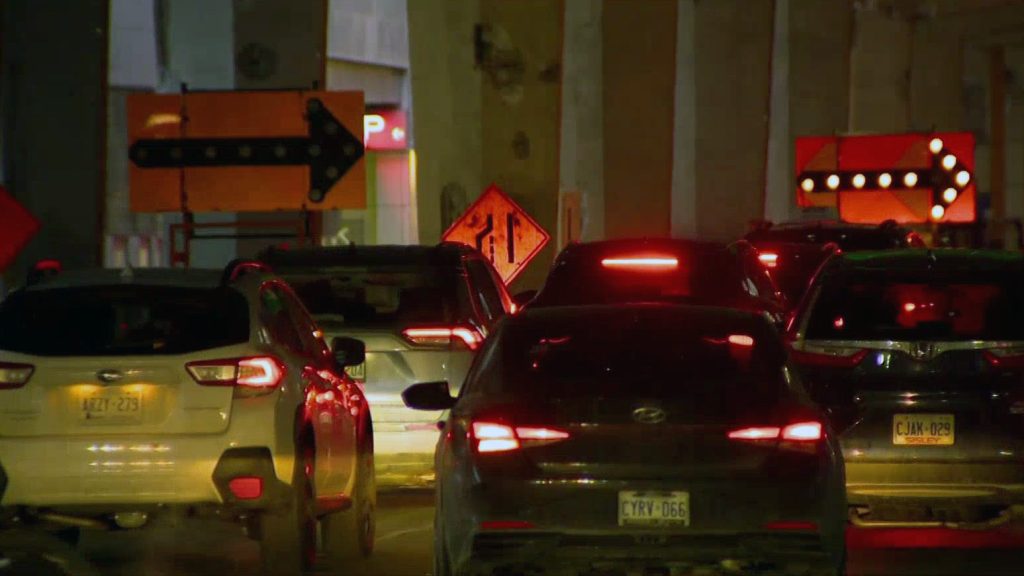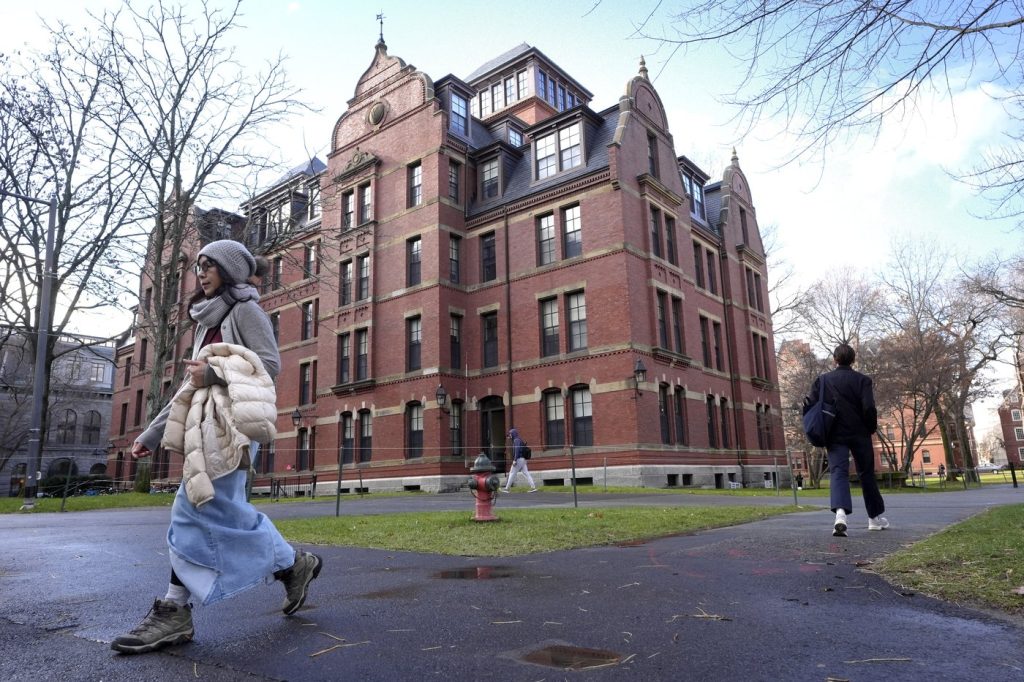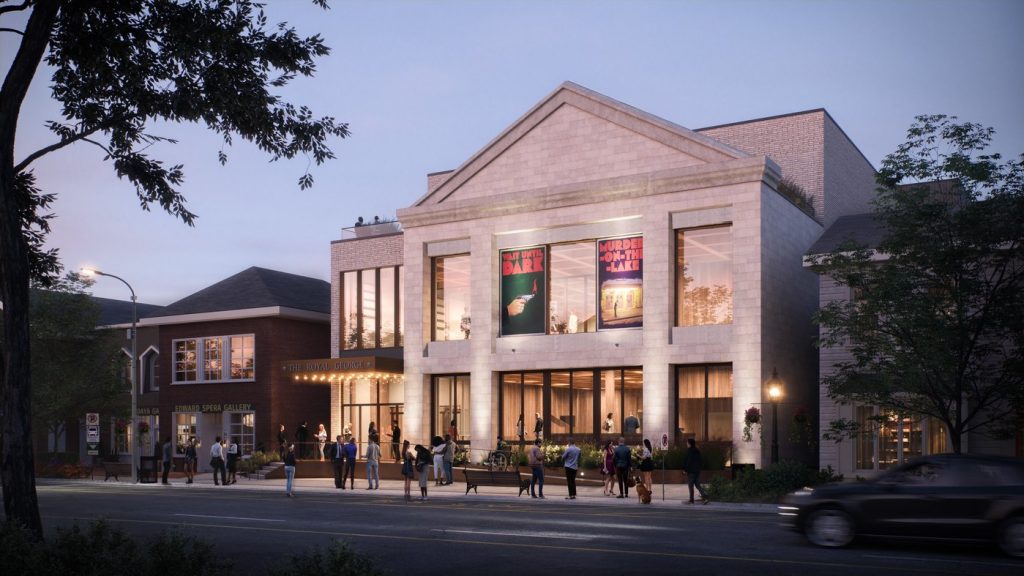Escalating anti-government protests in Serbia have led to significant unrest, with violent clashes erupting between supporters and opponents of President Aleksandar Vucic over allegations of corruption. These protests, which began earlier in the week, continued into late Thursday, marking a second night of confrontation as citizens expressed their discontent with the current administration.
Demonstrators gathered in various parts of the capital, Belgrade, showcasing their frustration with the government's perceived failure to address corruption within its ranks. The protests have grown in intensity, fueled by allegations that the Vucic government has failed to provide transparency and accountability. As people took to the streets, the atmosphere became increasingly charged, resulting in skirmishes with law enforcement agencies deployed to manage the crowds.
Reports from the scene indicated that several hundred individuals participated in the protests, while police responded to the unrest with riot gear and tactics aimed at controlling the demonstrators. During the clashes, a number of protesters were arrested, and there were multiple injuries reported on both sides. The scenes were reminiscent of other global movements where citizens rallied against government corruption, signaling a burgeoning discontent among the populace.
The backdrop of these protests lies in Serbia's ongoing political landscape, where Vucic has been accused of consolidating power and stifling dissent. Critics argue that his administration has little tolerance for opposition voices, leading to a climate where free speech and assembly are increasingly restricted. This has only served to galvanize protesters, who called for unity and a collective stand against what they perceive as a corrupt regime.
The Vucic government has attempted to downplay the protests, framing them as the actions of a minority rather than a widespread movement. Nevertheless, the growing number of people taking to the streets indicates a significant undercurrent of dissatisfaction and a desire for systemic change. Calls for reform and greater governmental accountability have resonated throughout the demonstrations, highlighting a critical juncture in Serbia's political future.
As the situation continues to unfold, many are closely watching how the government will respond to these protests. The authorities have reiterated their commitment to maintaining public order, but the potential for further escalation remains high if the demands of the protesters are not addressed. Citizens are increasingly looking for a transparent dialogue with their leaders, seeking a path forward that prioritizes integrity and democratic principles.
This series of protests serves not only as a reflection of the immediate discontent among Serbian citizens but also highlights broader issues of governance and civil rights in the country. The ongoing struggles are indicative of a society at a crossroads, with the potential for significant political shifts in the coming months, as citizens continue voicing their aspirations for a more accountable and transparent government.
```